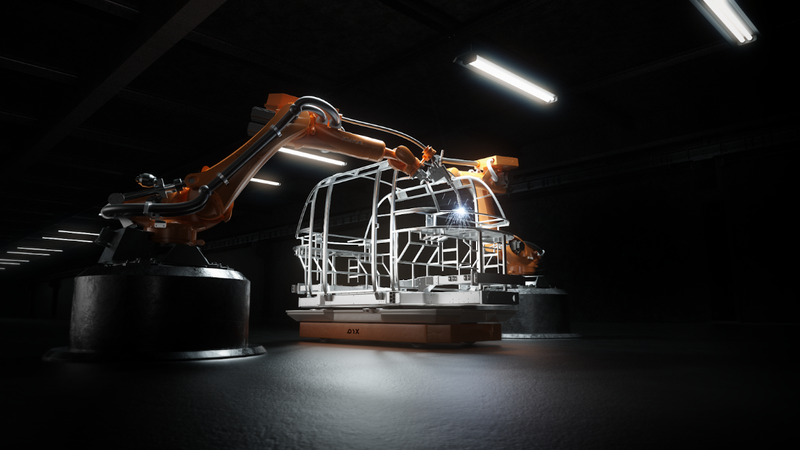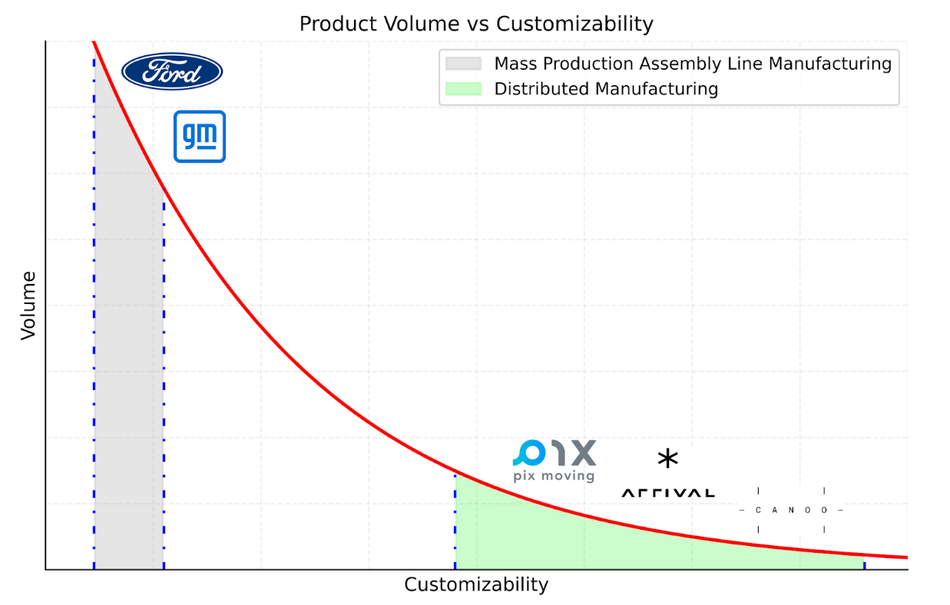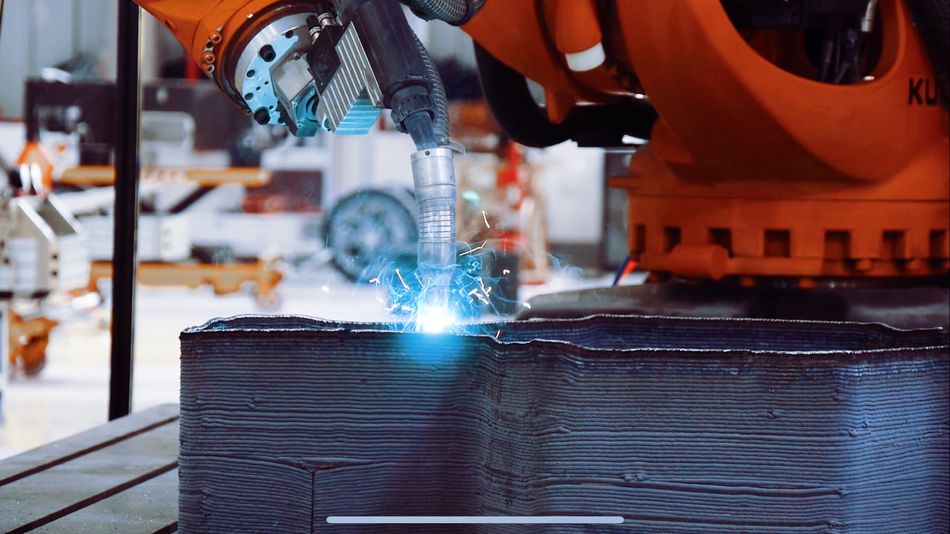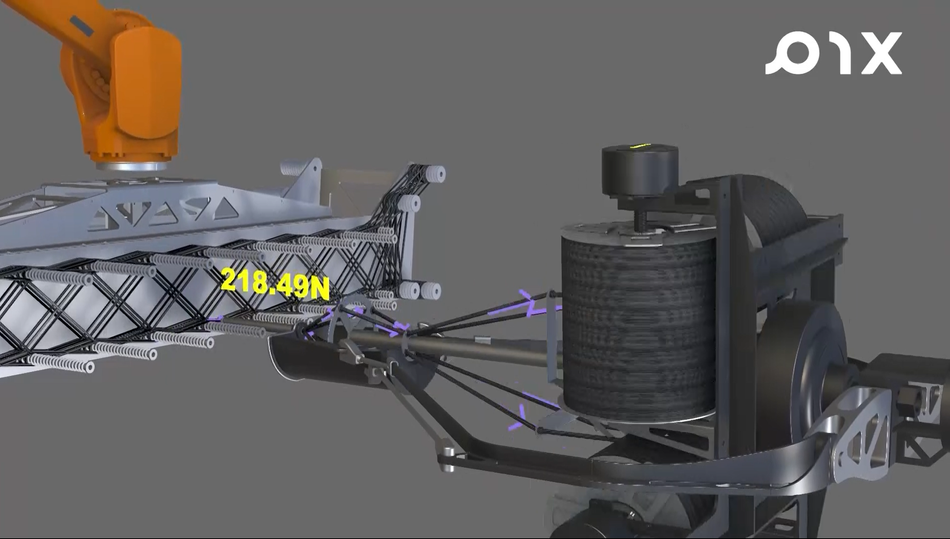Keys to Globalization in the era of Industry 4.0: WAAM and Robotic Filament Winding
Forge a New Era of Manufacturing Efficiency with Self-Supported Supply Chains and Innovative Technologies: WAAM and Robotic Filament Winding
The automotive industry is no stranger to the winds of change. From global production networks that bring parts and components from any corner of the world, vehicles can be produced faster than ever before at the beginning of the 21st century.
However, Relativity Space just achieved an incredible milestone with its launch of the first 3D-printed rocket. Their Aeon 1 engine can be printed in mere two months, drastically cutting the time to launch and making frequent launches more affordable. Plus, they're keeping everything home-grown: based in Long Beach, U.S. Relativity designed and built the Terran 1 rocket exclusively at its PORTAL factory. This launch's ground-breaking features include additive manufacturing, allowing custom parts and components to be produced on demand and at scale.
We are embracing a new era of globalization unique to our generation with design and manufacturing agility never before seen, eliminating traditional supply chain restrictions and enabling greater efficiency.
Small factory with great customization
Finding the balance between cost savings and custom options can be a tricky dance. Large-scale factories need massive production capabilities to cover customers' diverse needs - think stamping machines, casting machines, paint shops and robotic welding cells! But what if you don't need thousands of cars per day? How do we ensure that producing more economical quantities is just as profitable without sacrificing customer choice? That's where customization comes in; Real customer-led customization allows for any size order with factory-made components tailored to their wants.
Two 3D printing technologies then emerge as promising - Wire arc metal additive manufacturing (WAAM) and robotic filament winding/ composites 3D printing.
WAAM yields low and mid-volume production quickly. The arms use a weldable filament wire, melt it, and deposit the resulting weld beads into layers to create a solid object of a given shape. WAAM can achieve typical deposition rates of about 2-5kg/hour. Thus WAAM serves as a perfect choice to 3Dprint chassis structures.
However, it might take longer if the desired demand grows. There are strict manufacturing limitations on the surface finish and permitted overhang angles for WAAM. You can't print very small parts with WAAM because its minimum resolution is about 2mm. However, the technology works well for printing chassis because our chassis shapes are fairly large and not particularly complex. For chassis structures, surface finish is not very crucial. Other engineering difficulties, like thermal distortion, can be overcome through trial and error.
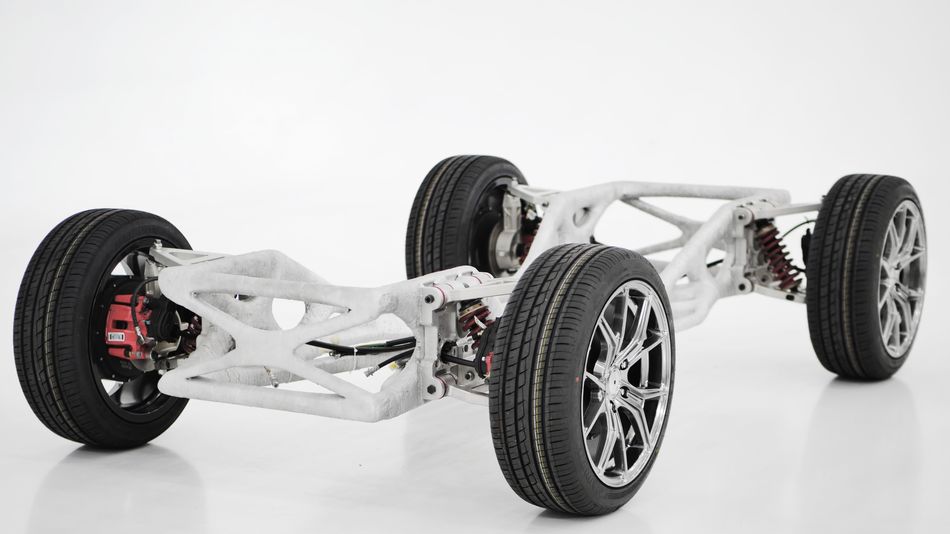
Now we have discovered that robotic filament winding provides a faster solution; With the robot winding resin-wetted fibre filaments (glass fibres, basalt fibres, carbon fibres) into software-defined geometric shapes, one robot can 3Dprint two composite chassis structures per day - meaning 25 robots are required for 50 daily pieces instead of 180!
This tech offers an order of magnitude more speed in producing solid objects like chassis with incredible lightweight properties surpassed by none other than metal parts, all at once satisfying any requirement as needed.
